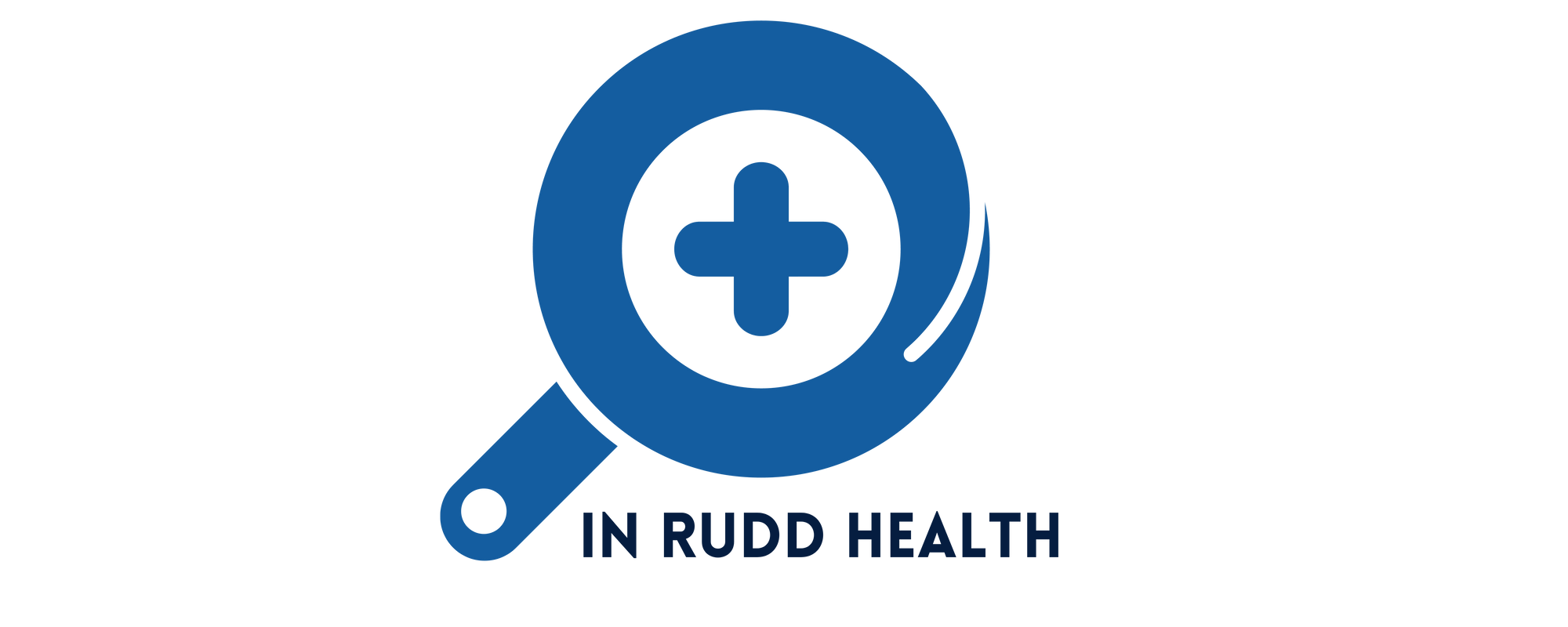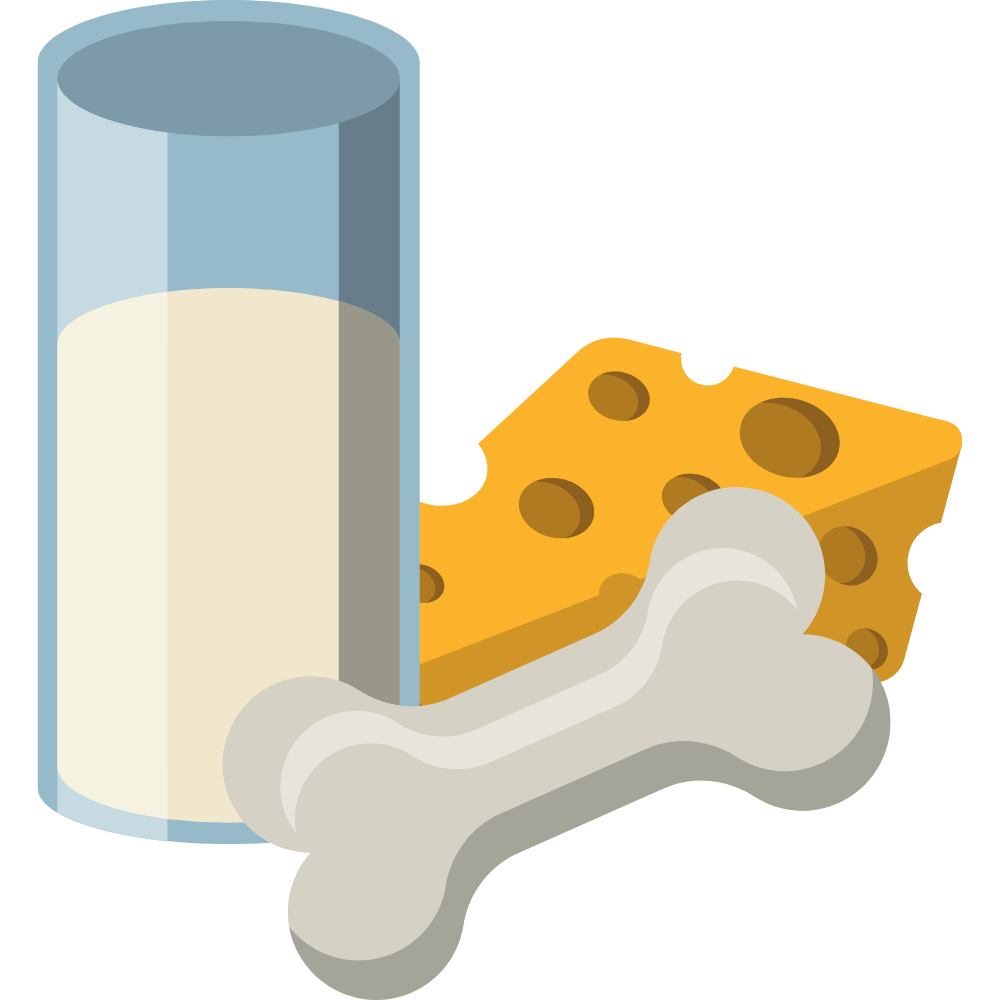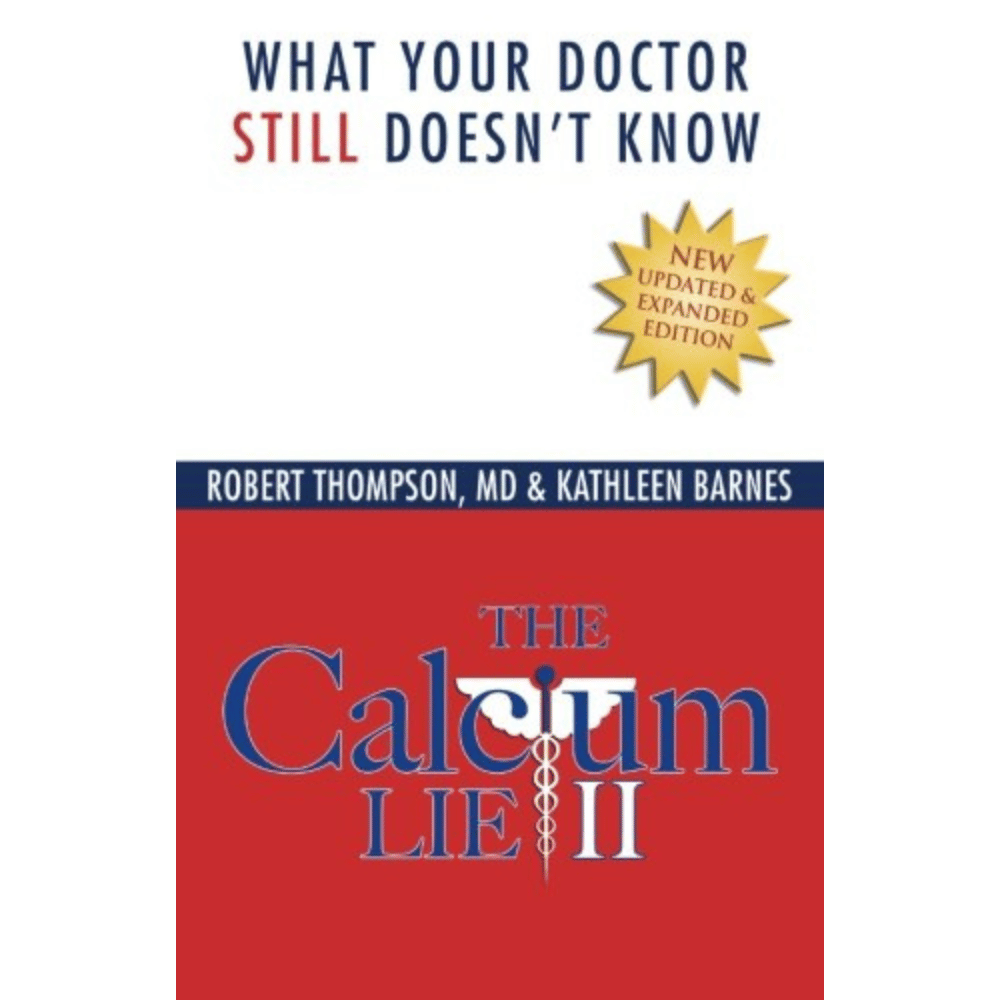The belief that milk strips the bone of calcium has been a longstanding myth that has caused confusion and concern among individuals striving for optimal bone health. Consuming milk, which is often recommended as a source of calcium, actually leads to calcium depletion from the bones. However, scientific research and expert opinions have debunked this myth, providing evidence to the contrary.
In this article, we will delve into the relationship between milk consumption and bone health to examine the claim that milk strips the bone of calcium. By exploring the mechanisms of calcium absorption and utilization in the body and the findings from relevant scientific studies, we aim to provide a comprehensive understanding of this topic.
Understanding Bone Health
Bone health is vital for overall well-being and is crucial in providing support, protection, and mobility to the body. It is essential to understand the structure and function of bones and the factors that influence their health and integrity. To grasp the concept of bone health, Here are vital aspects to consider:
Bones comprise living tissues, primarily collagen and minerals such as calcium and phosphate. There are 2 main types of bone tissue: compact (cortical) bone, which forms the outer layer, and trabecular (spongy) bone, which fills the interior. The bone matrix, made up of collagen fibers and minerals, provides strength and flexibility to the bones.
Factors Influencing Bone Health:
• Nutrition: Adequate intake of essential nutrients like calcium, vitamin D, phosphorus, magnesium, and protein is necessary for optimal bone health.
• Physical Activity: Weight-bearing exercises, resistance training, and activities that promote balance and coordination contribute to bone strength and density.
• Hormonal Balance: Hormones such as estrogen, testosterone, and growth hormone play critical roles in bone development, growth, and remodeling.
• Age and Gender: Aging and gender differences influence bone health, with older individuals and postmenopausal women being more prone to bone loss.
• Medical Conditions and Medications:Certain medical conditions and medications can affect bone health, such as osteoporosis, hormonal disorders, and long-term use of certain drugs.
Calcium Content in Milk
Milk is renowned for being a good source of calcium, a mineral essential for developing and maintaining strong bones and teeth. Here are key points regarding the calcium content in milk:
• Calcium-Rich Beverage: Milk is considered one of the best dietary sources of calcium, providing a readily absorbable form of this mineral. The exact calcium content can vary depending on factors such as the type of milk and fortification practices.
• Natural Calcium Content: Cow's milk typically contains about 300-400 milligrams (mg) of calcium per 8-ounce (240 ml) serving. Calcium content may vary slightly based on factors like the breed of cows, diet, and milk production practices.
• Fortified Milk: Some milk products, such as fortified cow's milk or plant-based milk alternatives, have additional calcium added to enhance their nutritional profile. Fortified milk products can provide higher amounts of calcium, ranging from 300 to 500 mg per serving.
• Calcium Bioavailability: The calcium in milk is highly bioavailable, meaning it is efficiently utilized and absorbed by the body. Factors like lactose (milk sugar), protein, and vitamin D content in milk contribute to the favorable absorption of calcium.
• Other Nutrients Supporting Calcium Absorption: Milk also contains other nutrients that facilitate calcium absorption, such as vitamin D, phosphorus, and lactose. Vitamin D is essential, as it enhances calcium absorption in the intestines and supports bone health.
• Milk Varieties: Various types of milk are available, including whole, low-fat, skim, and plant-based alternatives like soy, almond, or oat milk. The calcium content can vary slightly among these options, so it's advisable to check nutritional labels for specific information.
Calcium Absorption and Utilization
Calcium absorption and utilization are intricate processes that involve various factors influencing the body's ability to absorb and use calcium effectively. The small intestine primarily absorbs calcium from the diet, particularly in the duodenum and upper jejunum. Active transport mechanisms, which require energy and involve calcium-binding proteins and specific transporters, facilitate calcium absorption. Passive diffusion also plays a minor role when calcium concentrations are high in the intestinal lumen.
While milk and dairy products are commonly associated with calcium intake, other dietary sources, such as leafy green vegetables, fortified foods, and supplements, can also contribute to meeting calcium needs. For individuals with specific medical conditions, dietary restrictions, or concerns about calcium absorption, consulting healthcare professionals or registered dietitians can provide personalized guidance on optimizing calcium intake and utilization.
The Calcium Lie II: What Your Doctor Still Doesn't Know: How Mineral Imbalances Are Damaging Your Health
Product Description
"The Calcium Lie II" is a groundbreaking book that challenges conventional wisdom about calcium and its role in maintaining health. Written by Robert Thompson, MD, and Kathleen Barnes, this thought-provoking sequel uncovers the hidden truths behind mineral imbalances and their impact on overall well-being.
In this eye-opening book, the authors delve into the prevailing misconception that calcium is the primary mineral needed for strong bones and overall health. They reveal how overemphasizing calcium supplementation, often recommended by healthcare professionals, can harm the body's mineral balance.
Features
• Eye-Opening Exploration: The book challenges the conventional belief that calcium is the primary mineral for health and unveils the lesser-known truths about the critical role of other minerals in maintaining proper bodily function.
• Practical Guidance: The authors offer practical advice on assessing and correcting mineral imbalances through dietary choices, targeted supplementation, and lifestyle modifications. It empowers readers to take proactive steps toward achieving optimal mineral balance.
• Health Implications: The book explores the potential consequences of mineral imbalances on various aspects of health, including cardiovascular health, bone health, and metabolic function. It sheds light on how restoring mineral balance can positively impact overall well-being.
• Thought-Provoking Insights: Through its thought-provoking content, "The Calcium Lie II" encourages readers to question prevailing beliefs and assumptions about mineral balance and consider a more comprehensive understanding of health and vitality.
Pros
• The book explores the intricate relationship between various minerals and their impact on health.
• Empowers readers to take actionable steps towards improving their mineral balance
• Expand readers' knowledge and encourage critical thinking
Cons
• Some claims made in the book may lack sufficient scientific evidence
Customer Review
Still reading it, I was aware of the calcium supplementation and the grave consequences, so I am looking for particular info. The style is a mix of groundbreaking news and science, so it's not my thing, but it must be comprehensive to the mass audience and warn what's fully achieved. Recommend
Conclusion
After examining the evidence and scientific research on the topic, it can be concluded that milk does not strip the bone of calcium. The belief that milk depletes calcium from the bones is a myth debunked by numerous studies and expert opinions.
Milk is widely recognized as a good calcium source for maintaining strong and healthy bones. The body readily absorbs the calcium in milk, and milk consumption has been associated with a minimized risk of fractures and higher bone mineral density, particularly in children and adolescents.
In conclusion, milk is a valuable source of calcium and does not strip the bone of calcium. Including milk and other calcium-rich foods in a healthy lifestyle and a balanced diet contributes to optimal bone health and overall well-being.



